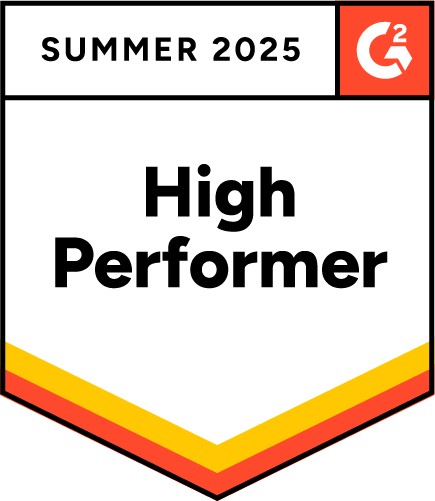This article was originally published in Axios by Kate Marino.
January 8, 2024 | LINK
1 big thing: Peaking beneath the surface
If you're looking exclusively at public companies to assess the health of U.S. businesses, you're missing a big piece of the puzzle, Axios' Kate Marino writes.
- Why it matters: By many measures, public companies came out of the pandemic financially stronger than they were going into it; that paints a rosy picture of what's happening in the economy.
But a big chunk of U.S. economic activity is generated by smaller, private companies that don't divulge their earnings to the public —and what's happening there is very different.
Call it the "riptide" economy. Everything looks great on the surface, but underneath, unseen risks are building.
Click here to read the full article.

New data from RapidRatings and Marblegate Asset Management, a leading alternative investment firm, paints a worrying picture for middle market companies as interest rates continue to impact these smaller, often privately held companies—many of which include suppliers and vendors who employee nearly 50 million employees (about twice the population of Texas).
Analyzing income statements and balance sheets previously unavailable publicly, the report—obtained by Axios—reveals these companies are at extreme risk, a stark contrast to the information available for large public companies.
The Startling Stats:
- Yearly since 2019, middle market companies have filed for bankruptcies at rates as high as 4x more often than large companies.
- From 2019 to 2022 EBIDTA declined over 20% at middle market companies while large public companies saw EBIDTA increase nearly 20%.
- Profitability measured by Net Profit After Tax saw middle market companies declining by almost 80% while public companies’ profitability grew over 30%.
- Liabilities have increased by over 20% at middle market companies while they remained virtually flat at large public companies.
- Financial leverage (debt to EBIDTA) has increased 62% at middle market companies while decreasing 14% at public companies.
- Average leverage ratios in the middle market are high enough to prevent companies from accessing not just traditional lenders, but even the most aggressive non-bank lenders.
- Assuming the average credit spread remains, the cost of debt for struggling borrowers is projected to rise from 6% in 2022 to 10% in 2023, leading to more covenant breaches and defaults among borrowers weakened since 2019.
In these challenging times, RapidRatings can instill confidence by offering a comprehensive view of the financial well-being of third-party entities, even private ones. By leveraging our services, companies can navigate these challenges with a clear understanding of their business relationships and make informed decisions accordingly.








